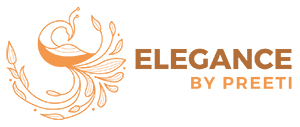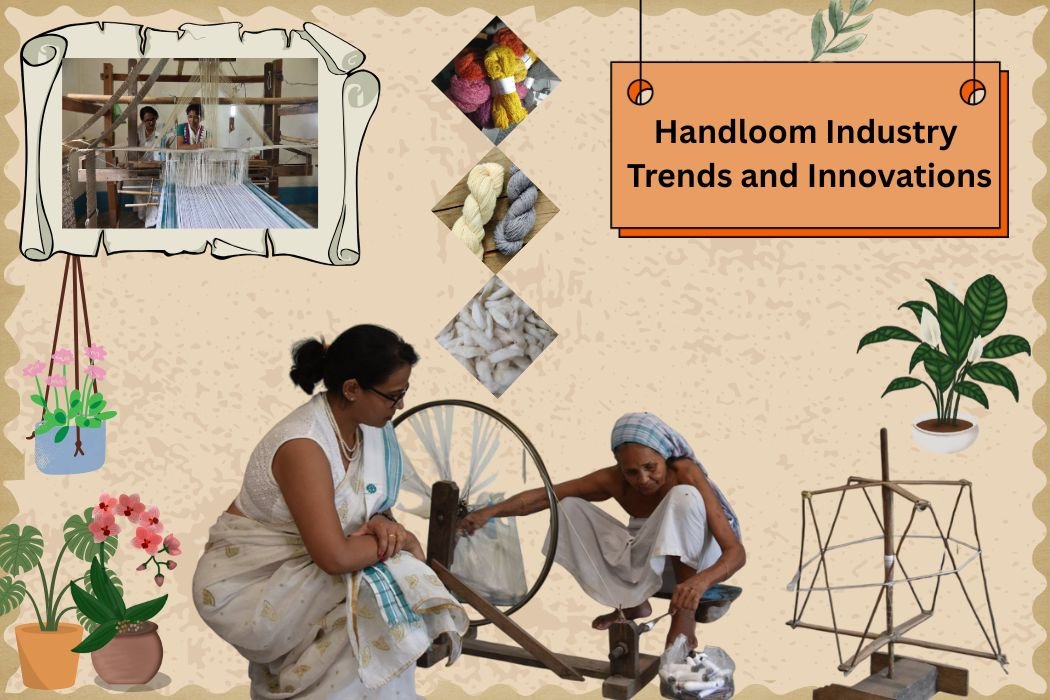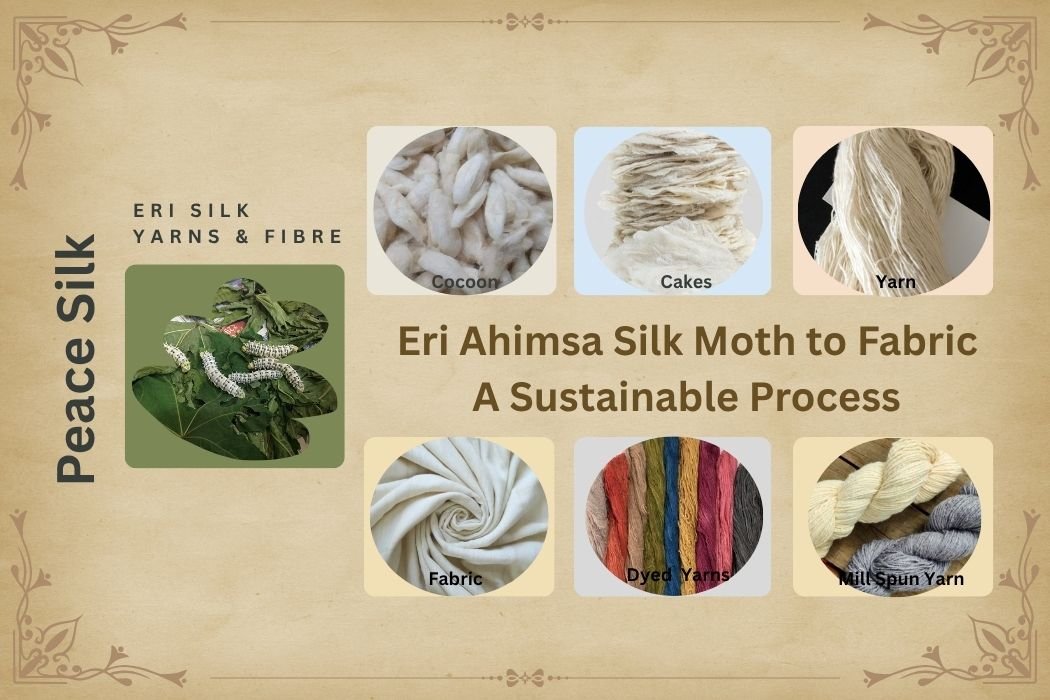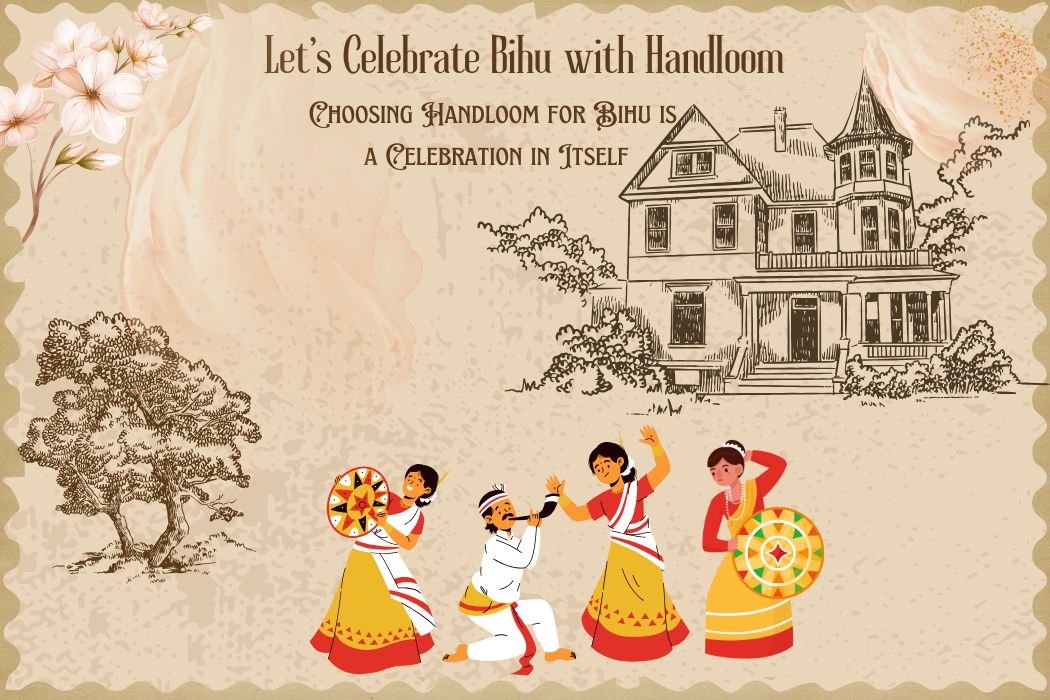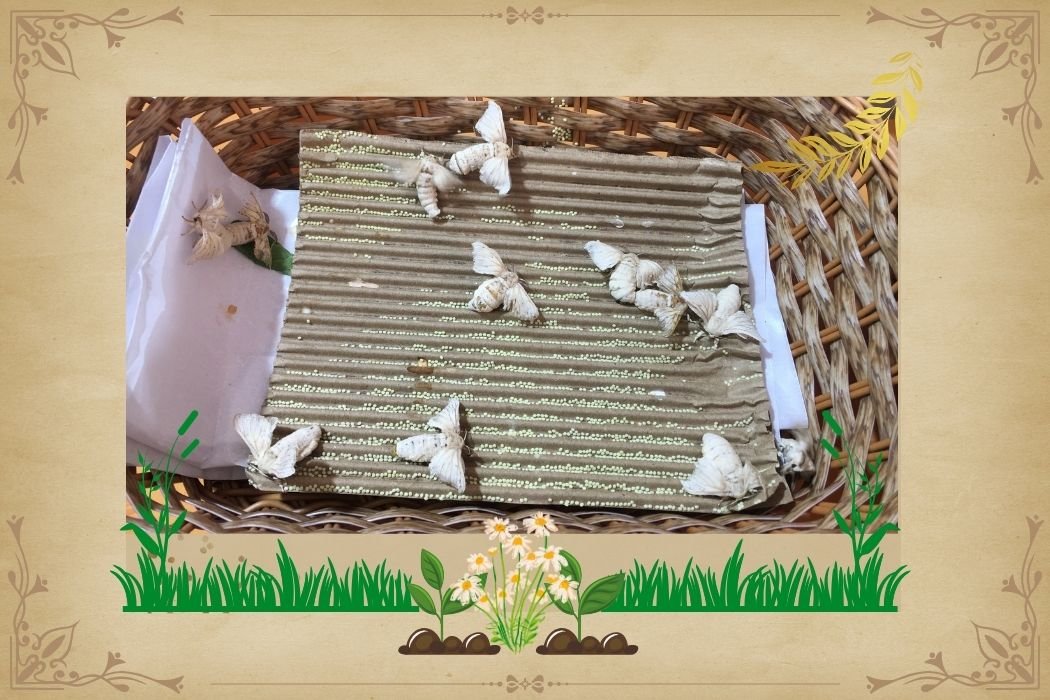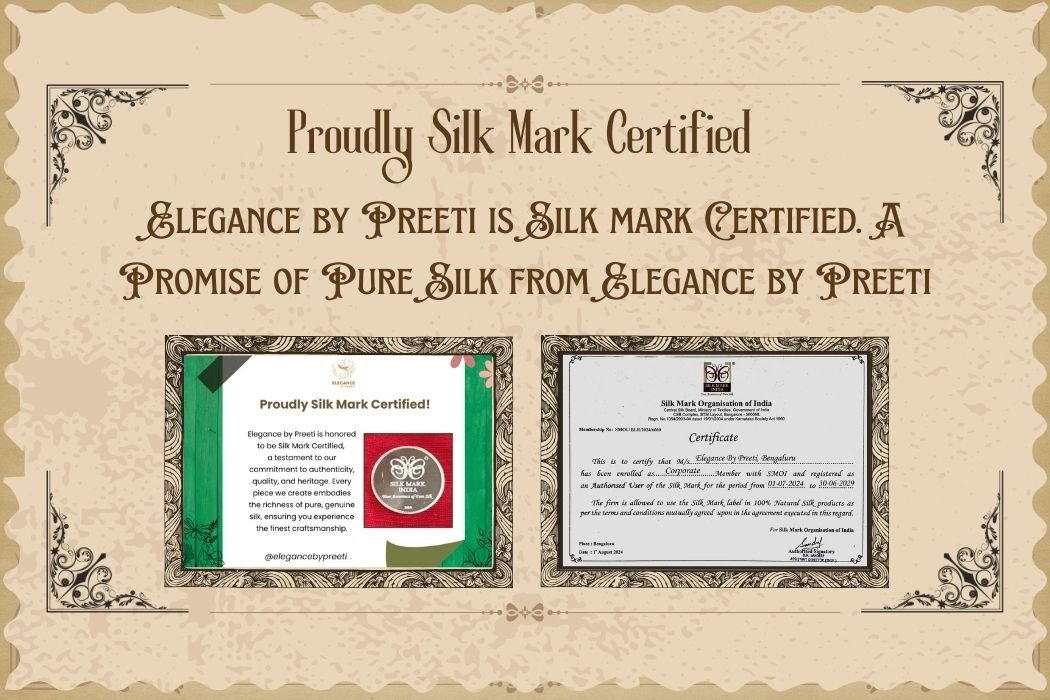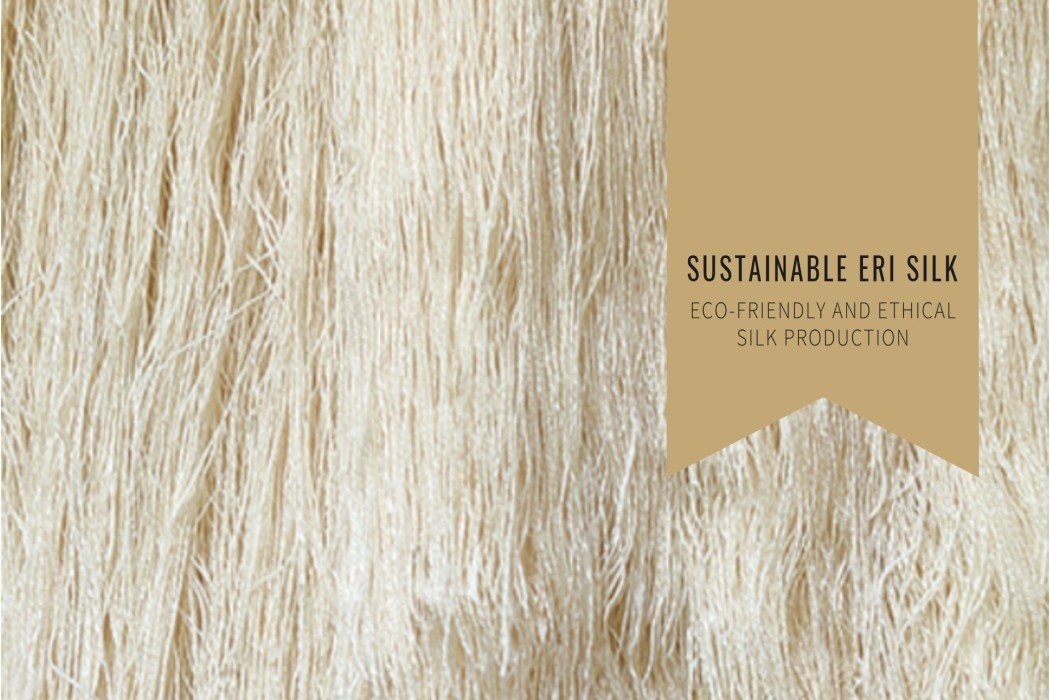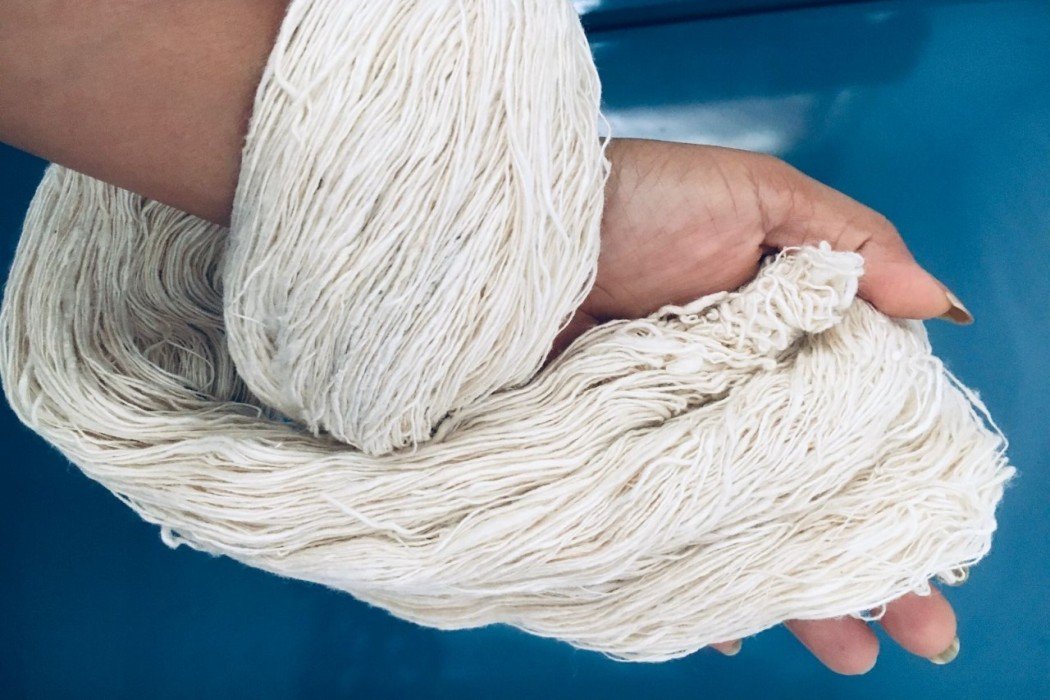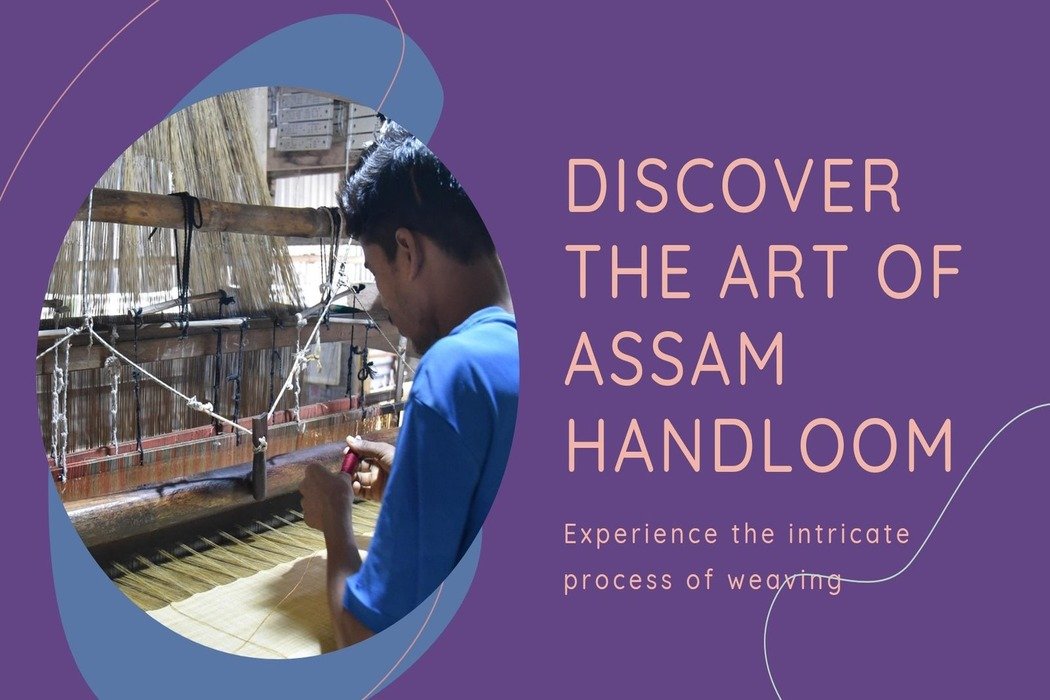Latest Trends and Innovations for Handloom Industry
The handloom sector which is renowned for its traditional ways of life and eco-friendly approaches, has been following new tendencies and introducing innovative ideas. The industry is changing in interesting ways as consumer preferences change and technology advances. We will cover the major trends shaping this year’s handloom sector.
Sustainable Practices and Ethical Sourcing:
Sustainability is now a key issue for consumers, even in the handloom industry. Handloom companies are increasingly focusing on eco-friendly practices while sourcing ethically. It entails using natural colors, sustainable fibers and organic farming practices that are consistent with sustainability objectives. Ethical sourcing means supporting local craftsmen who deserve fair wages as well as better working environments. As a result, customers are more likely to invest into products that subscribe to their beliefs with regards to sustainability being an important part of the handlooms industry itself.
Technology’s Integration:
Though handloom is traditionally associated with manual craftsmanship, technology facilitates its modernization. Technology has improved efficiency and market reach by using block chain for supply chain transparency and digital platforms for selling products. There are immersive shopping experiences in the use of virtual reality (VR) and augmented reality (AR) which enables buyers to visualize what the items would look like in their own spaces before acquiring them.
Revival of Traditional Techniques:
Traditional weaving techniques are increasingly being appreciated. They have incorporated age-old practices into contemporary designs and that’s why Handloom companies are doing well this time round. This not only serves as a cultural heritage but also targets certain people who appreciate authenticity and uniqueness. As such, there have been numerous collaborations between traditional textile makers and those trained in the field bringing traditional handmade fabrics to international markets.
Customization and Personalization:
The handloom industry is embracing customization as a key trend in its operations. As customers look for goods that are unique and customized, producers have responded to this by innovating personalized products. The suppliers of manual weaving machines have subsequently integrated bespoke apparel designs into their range that also include custom made household accessories. This has been possible due to the existence of digital applications with which clientele can develop their own styles, pick select hues and fabric preferences from diverse choices available.
Social Commerce and Direct-to-Consumer Sales:
The birth of social commerce is changing the way handloom commodities are marketed and sold. Platforms such as TikTok and Instagram are not limited to advertising only but also selling directly through them. This has seen the handloom firms use these platforms to get to more people, engage clients in real-time conversations while shopping experiences become seamless. Social media also helps in packaging the products through narrations hence making them more attractive.
Focus on Transparency and Storytelling:
Transparency in supply chain management and storytelling are both key areas today. Consumers have an interest in learning about the background story when it comes to their purchases, especially about the artisans, materials used or even production methods employed among many others. The storytelling method is being used by handloom companies to inspire feelings in their customers. Such a move does not just develop faith, but also plays up cultural and social importance of items involved.
Innovations of Design and Functionality:
The industry cannot remain relevant or competitive without constant design innovations. Currently, traditional touch is blended with contemporary fashion resulting in a combination that many people are embracing now. This would include; multi-purpose home textiles, fashion wear with new cuts and designs and eco-friendly items that satisfy conscious living styles. Changing consumer needs have necessitated the exploration of fresh design avenues by handloom firms.
Conclusion:
The thread and weave industries at its most intriguing point where tradition meets modernity. To continue with their rich heritage and to meet the demands of today’s consumers, handloom companies have embarked on a path towards sustainability, technology integration as well as customization and transparency. These evolving trends suggest that the future holds much promise for a thriving handloom sector.
Link to buy Authentic Handloom Products: Elegance By Preeti
